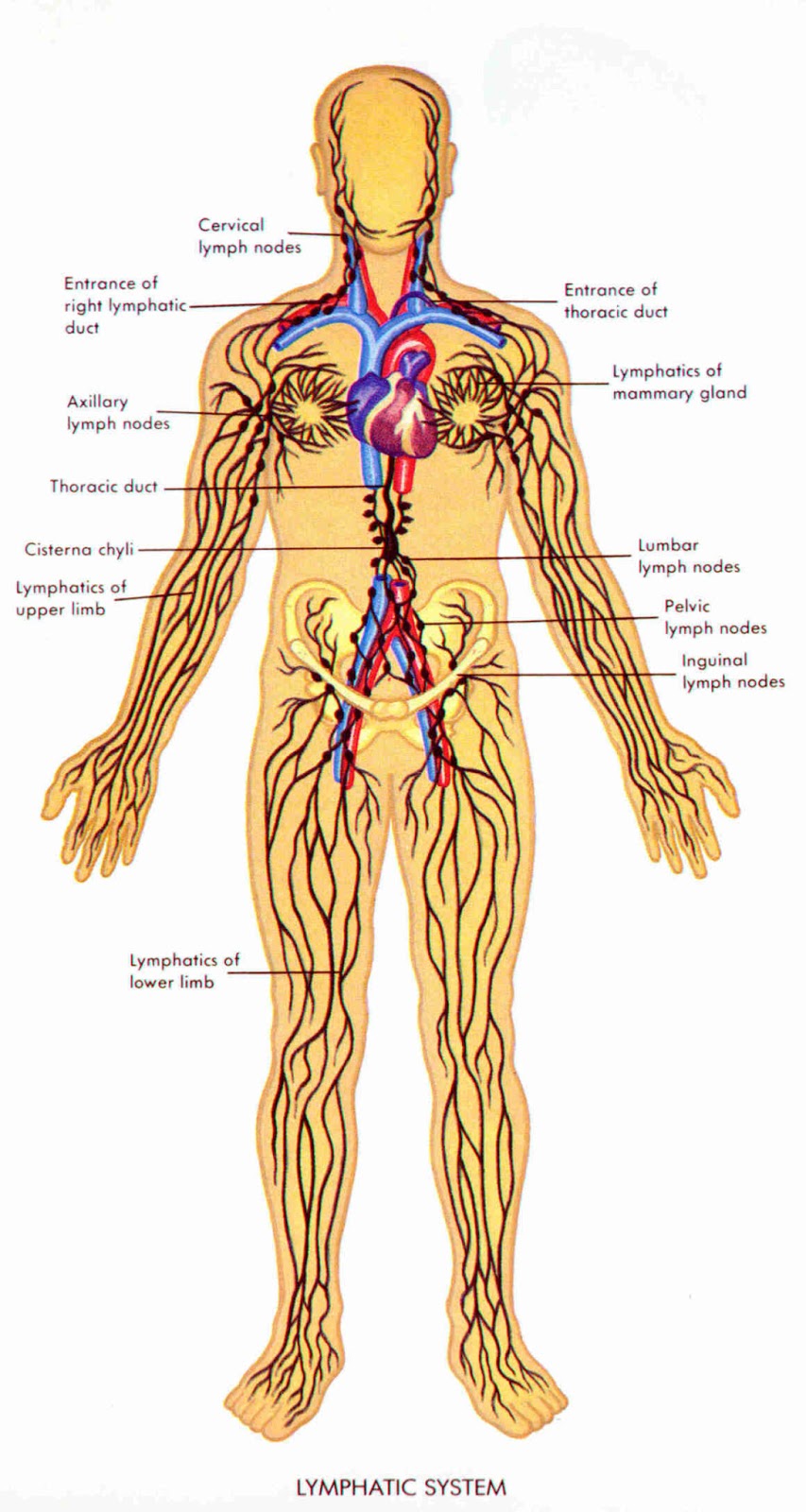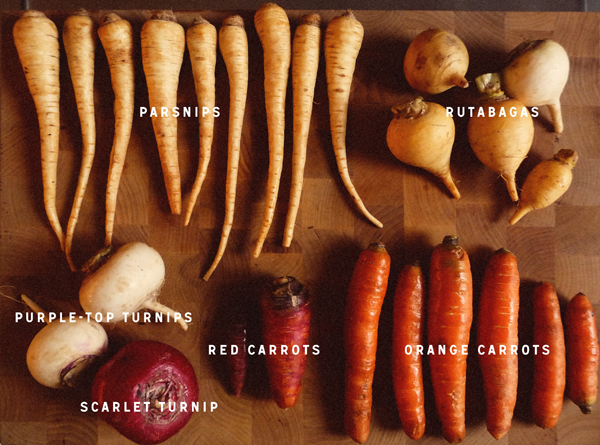Day 46:
Juice: Cloudy Day
Cloudy Day:2 Grapefruits
1/2 Long Cucumber
2 Sticks of Celery
1 Small Bunch of Fresh Mint
So, I was bumming around online, reading about juicing - as I do - and I came across this article, which I thought was a nice point of view on juicing: Notes From A Newly Converted Juicer by Bob Carden at the Washington Post. Here are a few highlights if you don't have time to glance at the whole thing:
"A blender pulverizes veggies and fruits, and makes for a thick, fiber-filled drink. A juicer separates, so all you get is pure juice. It comes at you with a slow hand and an easy touch, lovingly churning that apple while extracting its juice. Blending’s more of a one-night stand, while juicing’s a long-term affair."
Pure truth.
Bob Carden also interviews a 44 year-old video editor, Julian Thomson who says this about juicing:
"Smoothies, blenders, that’s all wussy stuff. Posers who think they’re doing something healthy. Juicing is juicing, man, not blending. You have to yank the juice out of the veggies. You want to blend? Then go drink a margarita.”
Hilarious.
Now, don't get me wrong, all you smoothie lovers out there, I am not against the smoothie (in fact at the end of this blog I will have a whole bunch of smoothie recipes for you). I adore a good smoothie and desperately love my blender for everything I do with it: Homemade nut milk, yogurt pancakes, etc...
But, I think this is a great statement for all the people with Vitamix Blenders, 'cause they all say: "I have a juicer - a Vitamix." Wrong. Vitamix's are not juicers. They are amazing blenders and an amazing addition to any kitchen, but it does not extract the pulp...therefore it is not a juicer. A Green Smoothie is not juice. Living in New York City, I feel I have this conversation with people everyday, so let me quickly lay it out for you all in the blogging 'verse.
Blending vs. Juicing

There are pro's and con's to blending and juicing.
The main argument against juicing and for blending, is that when you juice the fiber. Fiber slows the absorption of nutrients, because your body has to digest (a.k.a extract the nutrients from the fiber). So, fiber keeps you fuller longer because you body is working with it. Also depending on whether the fiber is soluble (meaning is dissolves in water) or insoluble (does not dissolve in water) it can improve you absorption a specific nutrients and keep you regular. (Source)
When you juice, you remove the fiber and allow your body to take the extracted nutrients and work with it right away. This gives your body what it would take anyways while giving the digestive tract a break - as it if were intravenously.
Ultimately, neither is better than the other. Both are good and your best bet it to include a little of each in your day.



































